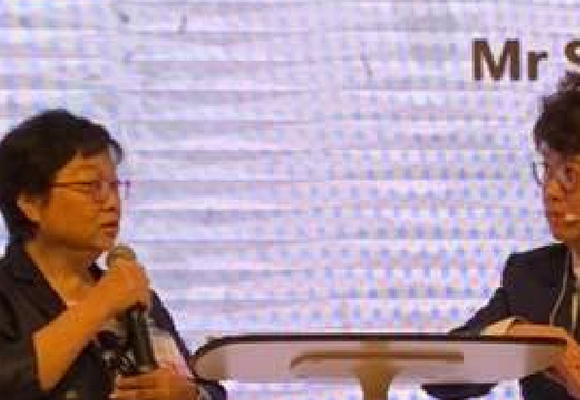Changes In Eye Movement And Memory Function After Mild Closed Head Injury In Children
Dev Med Child Neurol. 2014 Apr;56(4):337-45. doi: 10.1111/dmcn.12345. Epub 2013 Dec 19.Phillipou A1, Douglas J, Krieser D, Ayton L, Abel L.
Author information
Abstract
AIM:
The aim of this study was to determine whether volitional saccadic impairments are present in children with mild closed head injury (mCHI) and whether these deficits are predictive of ongoing cognitive impairment.
METHOD:
We analysed a sample of 26 children with mCHI (20 males, 6 females; mean age 13y 1mo, SD 2y) and 29 age-matched comparison children (20 males, 9 females; mean age 12y 2mo, SD 2y). Participants completed a battery of saccadic eye movement tasks and a set of computer-based cognitive tasks at three time points: within 2 weeks of mCHI, and at 3 months and 6 months.
RESULTS:
The group with mCHI made fewer errors on the antisaccade task at the first time point and showed increased latencies on prosaccades, correct antisaccades, and corrected antisaccade errors at the third time point (6mo). The group with mCHI also showed poorer performance on the cognitive tasks assessing memory.
INTERPRETATION:
Even very mild, uncomplicated mCHI in children may persistently affect aspects of executive control and visual processing.


